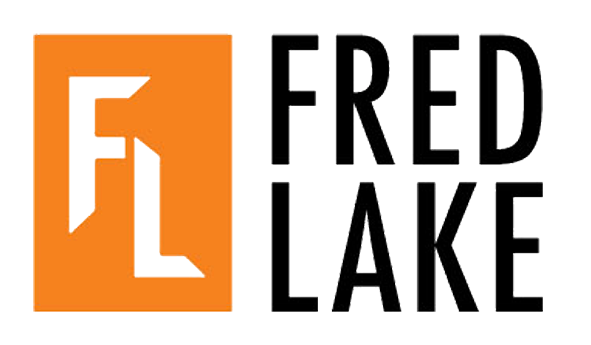
History of Wax Seals
Using seals can be traced back to ancient Mesopotamia when clay was pressed with engraved cylinders to authenticate the tablets. The use of wax seals began in the Middle Ages, and was originally reserved for the wealthy or ruling classes. They were used for issuing official decrees and legitimizing and authenticating official documents. The use became more widespread and by the 13th century were used in monasteries, guilds, and by common people. Seals were a good way to leave a signature in a time when illiteracy was widespread, and could contain an initial or just a small picture. These seals were usually in the form of a signet ring, and instances of signet rings dates back to ancient Egypt. Signet rings were unique to their wearer, and there are stories of visitors having to kiss the signet ring of powerful aristocrats or church leaders. The signet ring was a way to prevent forgeries or unauthorized documents, and were destroyed when the owner died. Most of these early uses were not to seal an envelope, the most common way wax seals are thought of, but to affix a signature to a document.
Sealing Envelopes
Wax seals are most commonly thought of as a way to close an envelope and prevent tampering with the enclosed information. Once the envelope is opened the wax seal would crack and break, and one could easily tell if a letter they received had been read. It was a way to preserve the confidentiality of documents and confirm that they had been indeed written by the sender. It was after the Middle Ages that widespread use of wax seals in this way took off, when travel and colonization increased. Letters were expensive to send, and using a wax seal allowed the sender to fold up the written page and close with wax, eliminating the extra cost of an envelope.
As the postal system evolved and sending letters became more commonplace, the stationery industry grew but envelopes still did not include adhesive. Many envelopes were sold alongside sealing wax in the 19th century, and this trend continued until envelopes containing adhesive became the standard. Wax became unnecessary for sealing, and fell out of popularity.

Wax Seals Popular Again
Our communications in recent years have become increasingly digital, and text messages and emails do the job much faster than what is now referred to as “snail mail”. However, there has been a resurgence in the popularity of letter writing, and the special care that a handwritten letter conveys to the recipient. While typing is eclipsing handwriting (and some schools aren’t even teaching cursive any longer!), the beauty of a handwritten letter enclosed in a beautiful envelope and finished with a wax seal cannot be matched by a text. People love receiving handwritten letters in the mail, getting fancy invitations, and in our email age a tangible written correspondence is a rare treat. Wax seals are a way to put your unique stamp on your letters, and can make any envelope instantly feel more dignified and classy. There are so many occasions where wax seals can add in that special finishing touch!

Wedding Invitations
A beautiful wedding invitation isn’t complete without a unique and memorable wax seal. Choose any color wax to match your stationery—gold and silver are especially beautiful! Set the stage for a beautiful wedding from the first moment your guests see your invitation!
Holiday Cards
If you love to send out family updates and pictures around the holidays, imagine how much more special they would be with a custom wax seal! Plus, wax seals are so much fun for both kids and adults, so everyone can get in on the project!
On Wrapped Packages
Imagine a lovely package, tied up with string, and sealed with a wax stamp. The wax can not only secure the strings, but also adds a beautiful touch to a gift.
The Best Sealing Wax
At Fred Lake we only use the best of the best, which is why we choose to use Waterston’s sealing wax. This company has been producing high quality sealing waxes since 1752 and are a trusted name when it comes to sealing wax that has deep, rich hues, and a glossy finish. This wax keeps a seal but won’t crack or break. Handcrafted by Scottish artisans, this wax comes in 11 beautiful colors so you are sure to find one that is perfectly suited to your next project. We turn to the experts in the sealing wax industry to source our waxes and seals and are sure you will love them! Use our suggestions to get started on your project today!


